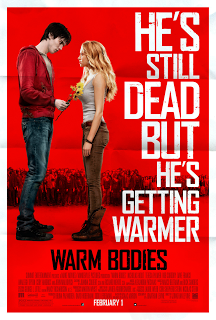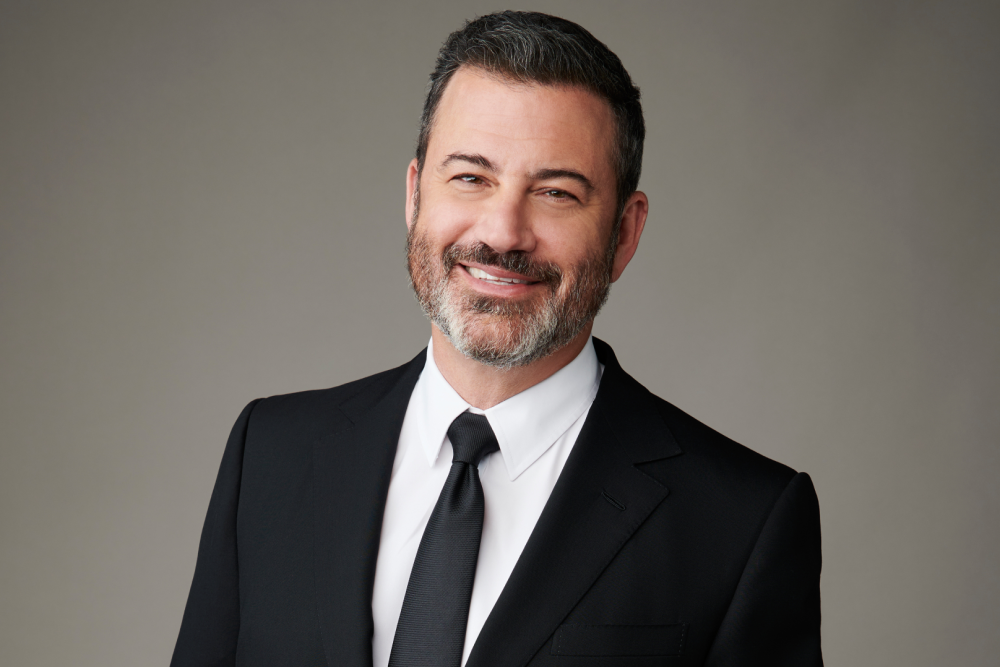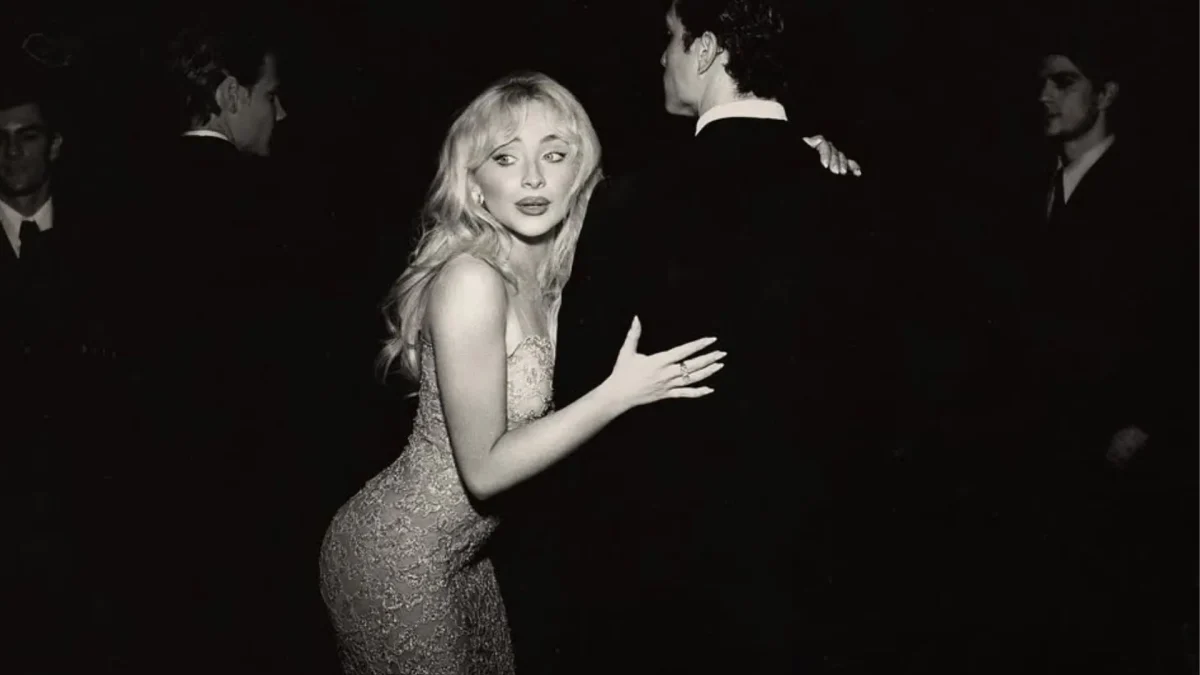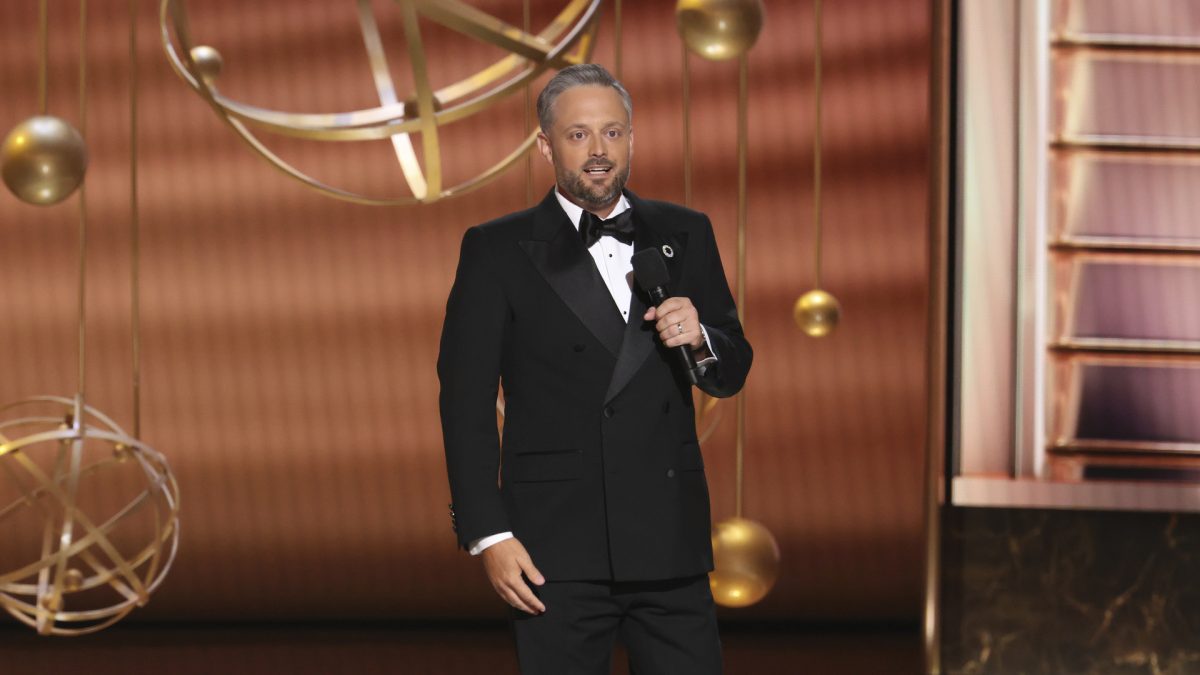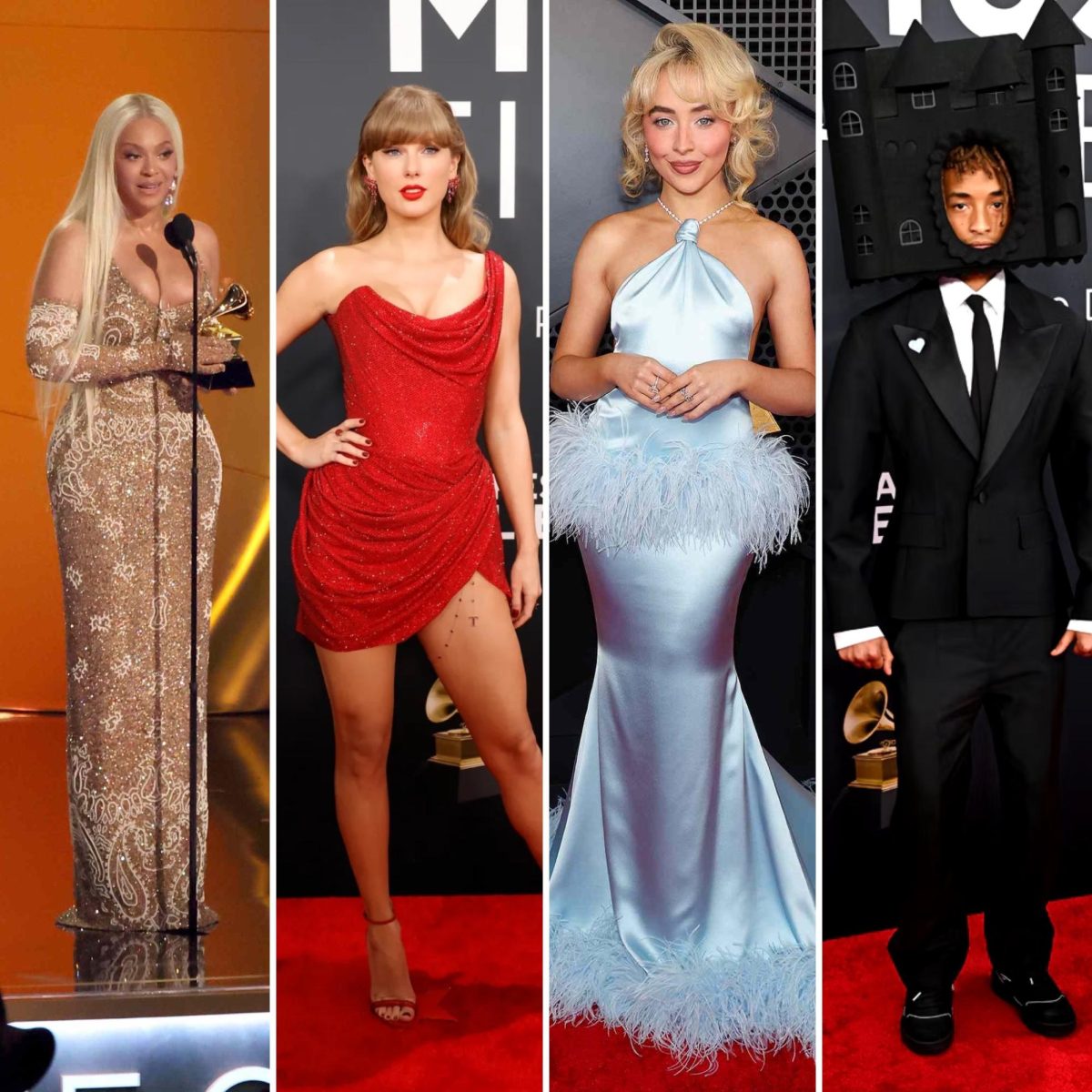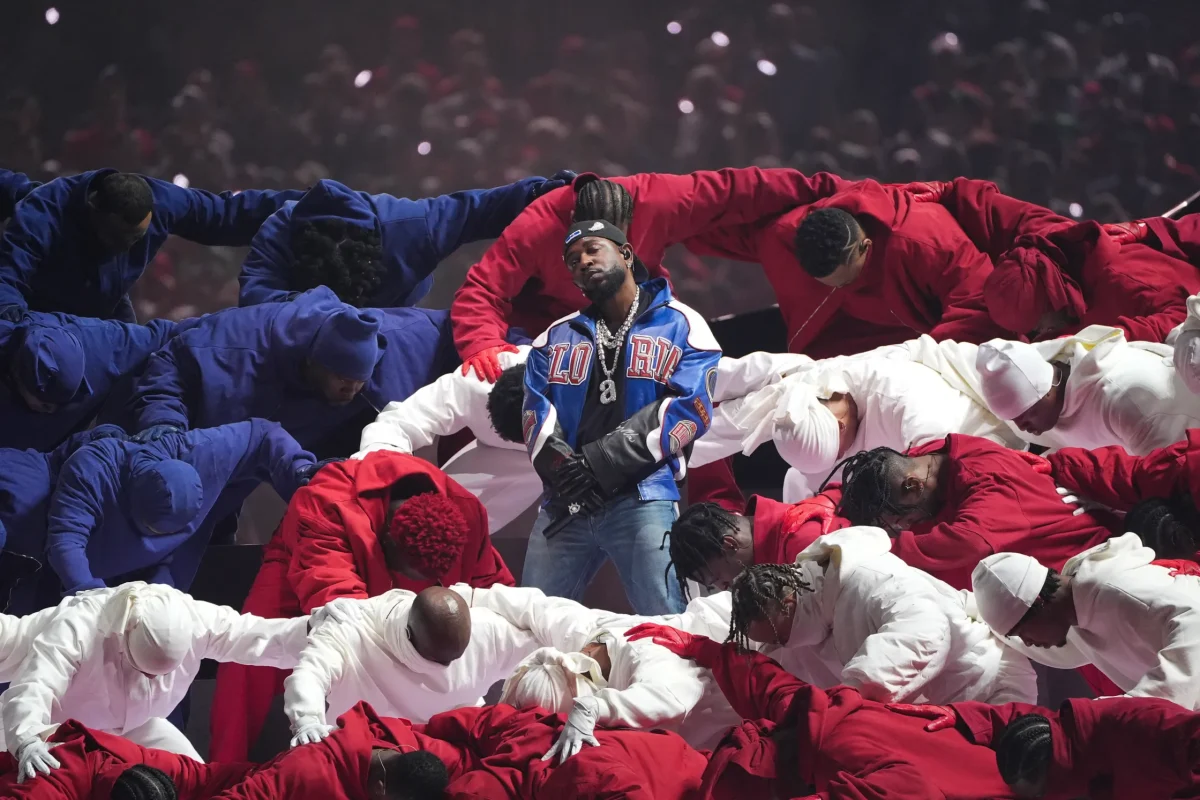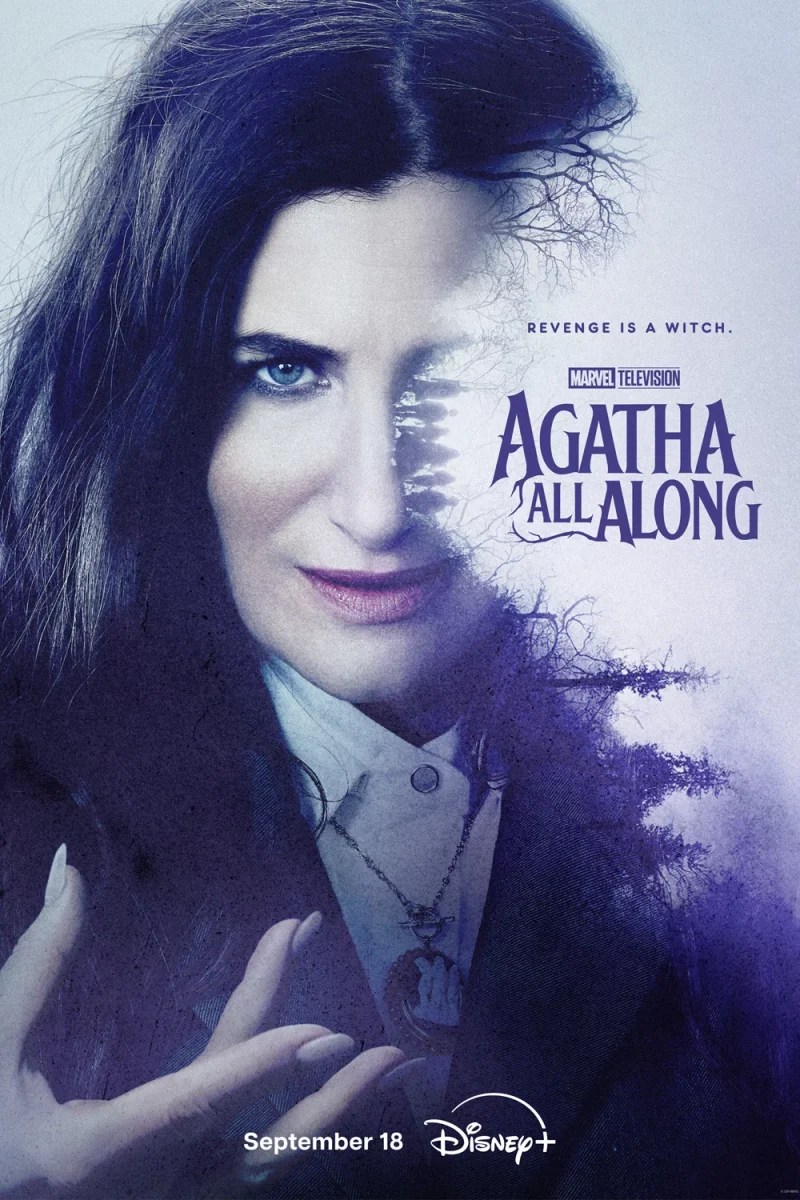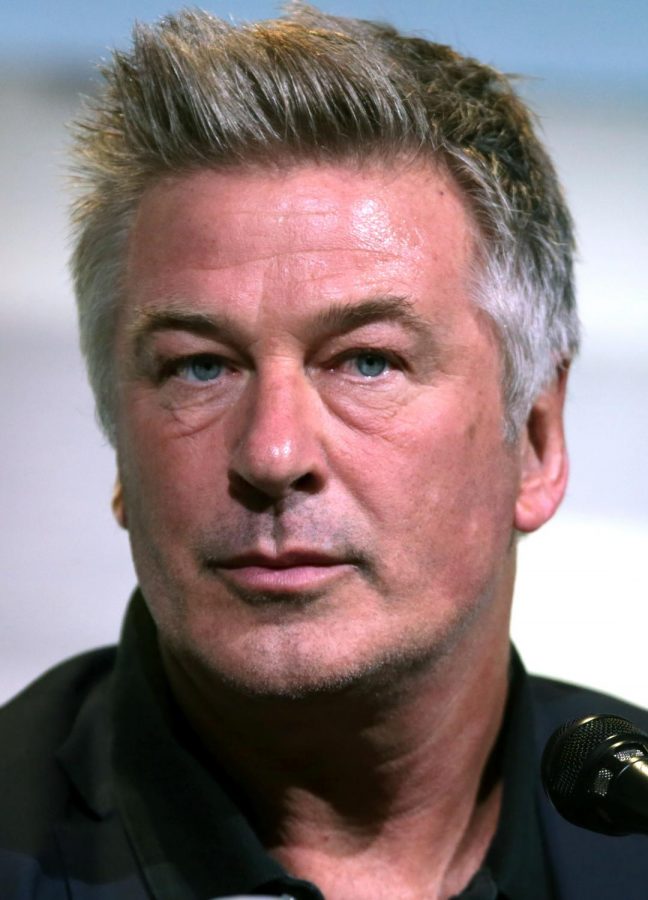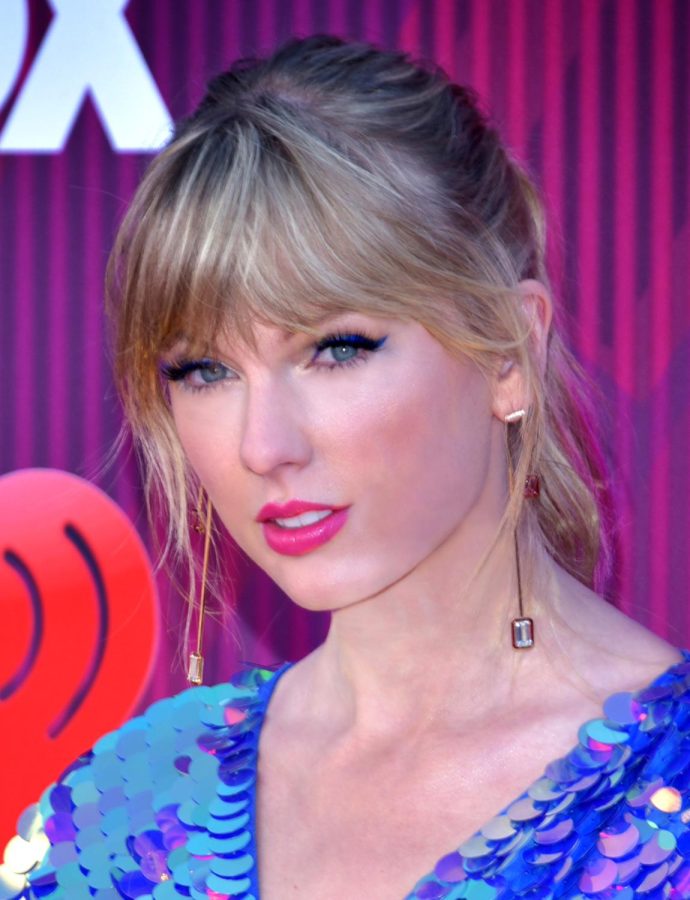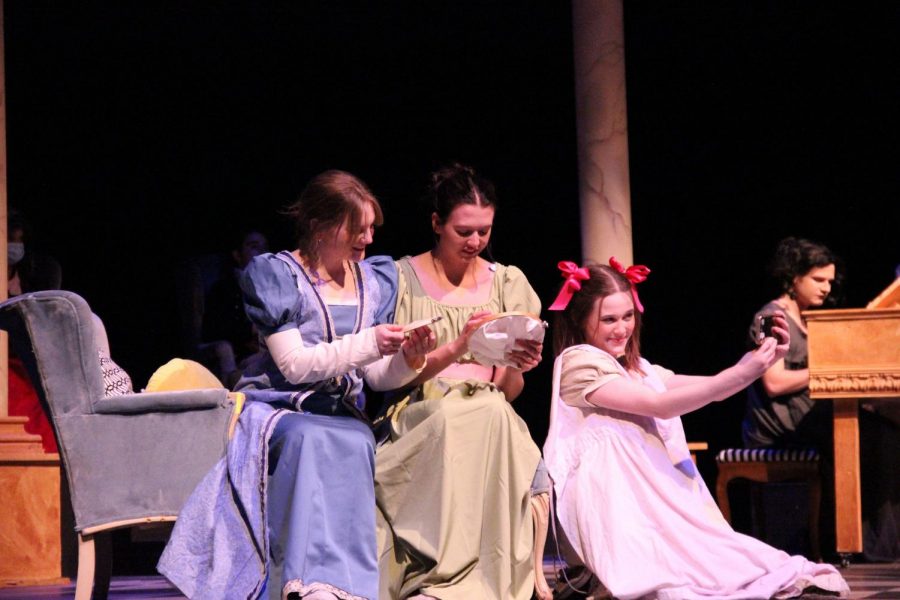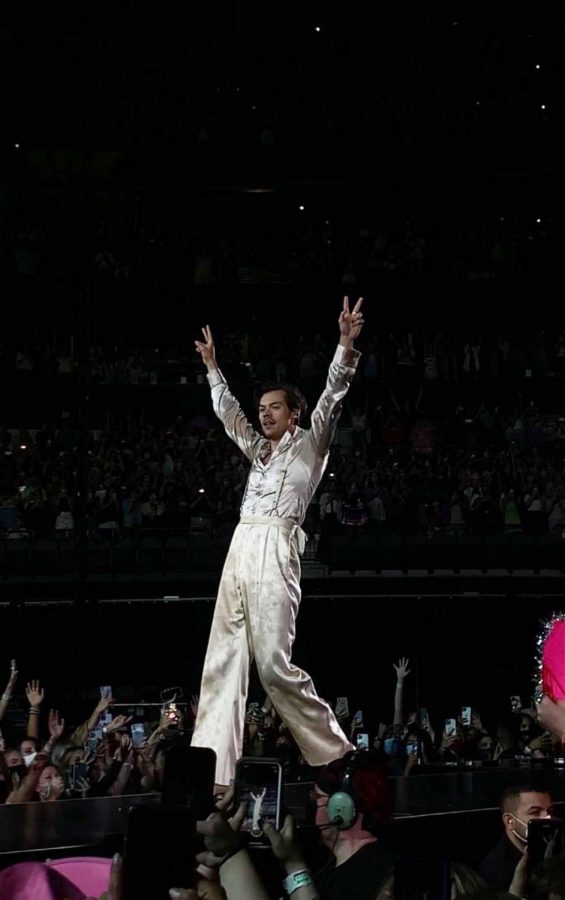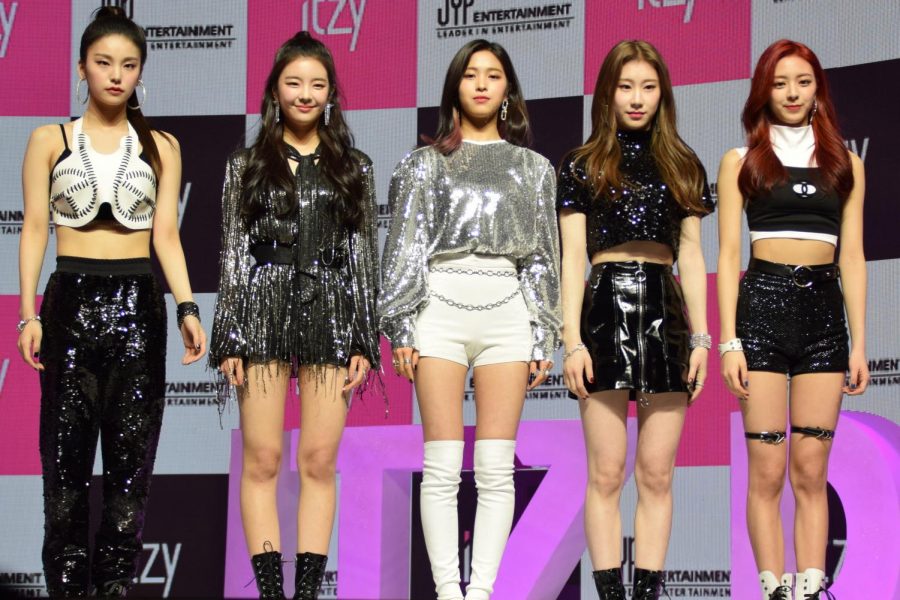Zombies, brain-dead horror movie favorites, distance themselves from their hackneyed stereotype and redefine their existence in the light-hearted comedy “Warm Bodies”. In the film, director Jonathan Levine creates a new dimension to the long-standing horror genre with the concept of zombie romance.
Although conventionally viewed as heartless, one zombie named R stands out to the audience. Unlike most zombies, R, portrayed by Nicholas Hoult, wishes he could reenter the human world and become something more than a poker-faced brain-eater.
The movie sets in motion with R sharing his self-deprecating thoughts to the audience. Immediately, the audience is swept in and becomes a part of R’s perplexing life. Hearing his amusing thoughts and narration enlivens his character, hooking in the audience. His thoughts allow the audience to connect and sympathize with him and visualize him as a human, despite his corpse-like outer appearance. Although the movie never specifies the reason for R’s atypical behavior, it continues under the premise that something has sparked in him.
R’s instant attraction to human Julie, portrayed by Teresa Palmer, transforms him into a moon-eyed boy, stuck in a trance. It is amusing for the audience to set eyes on a half-dead zombie behaving like a love-struck teenage boy. Hoult’s acting is unbelievably convincing, and it’s hard not to fall in love with the genuine character of R. His piercing blue eyes cast a binding spell; they convey more than his mouth ever could.
Palmer powerfully resembles Twilight’s Kristen Stewart, but with striking blue eyes and a sparkle of energy and spirit that is quick to grip the audience. She’s a passionate, strong-willed girl who from her comedic attempt to impersonate a zombie wins over the audience. From the names Julie and R and a balcony scene, the film hints at Shakespeare’s famous romantics Romeo and Juliet and sets the audience’s expectations for a memorable love story.
Although the fully turned corpses, or “bonies”, are slightly disturbing and tend to creep up on the audience, the film consistently distances itself from anything visually revolting or spine-chilling. The action-filled movie focuses on the element of surprise – it is impossible to predict what the zombies are plotting to do next. There are powerful moments during the film that flabbergast the audience, but they won’t elicit nightmares. The movie effects don’t stand out or leave much of a lasting impression. However, the special effects do stay true to their focus on the element of surprise and not panic.
Unlike most zombie movies, this one is unforgettable for its whimsical humor. R’s relationship with his zombie best friend, M, is portrayed humorously – from their droll groans of communication to their consequential glances of understanding. They are in-sync even though they don’t possess the ability to communicate through words.
Along with the magnificent acting, the music also powerfully incites emotions. When Julie and her best friend Nora are giving R a makeover, Roy Orbison’s “Oh, Pretty Woman” wittily begins to play. The film effortlessly transitions between the human world and zombie world, with an instant switch in color, movement and liveliness to contrast the two incongruent worlds. The memory flashbacks are beautifully captured in dreamy scenery that creates a third dimension in the film; they juxtapose the inexpressible beauty and fulfillment of the past with the present corruption and despair.
Although it takes the audience by surprise with its unconventional approach, the movie is easily pleasing with its tongue-in-cheek humor and assures an enjoyable movie experience for all ages.

